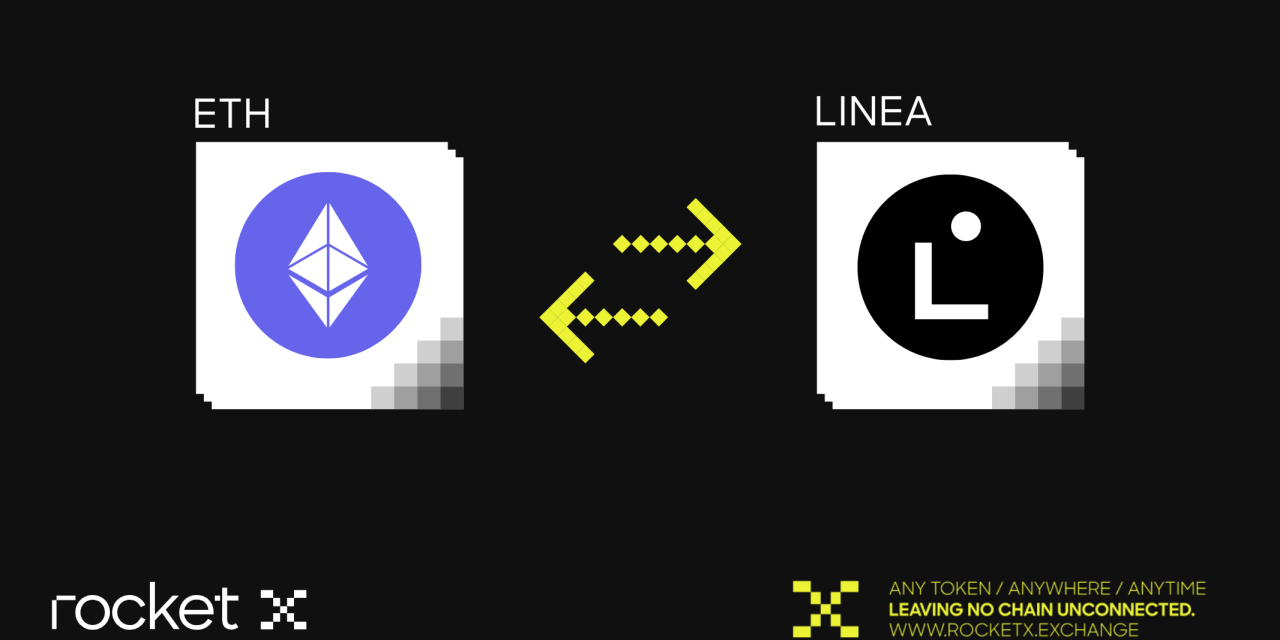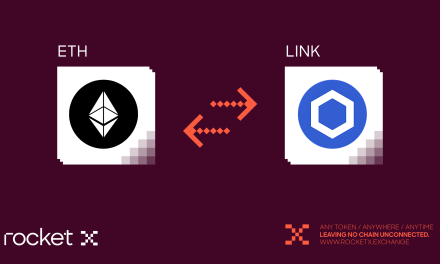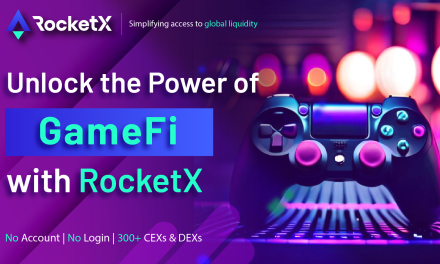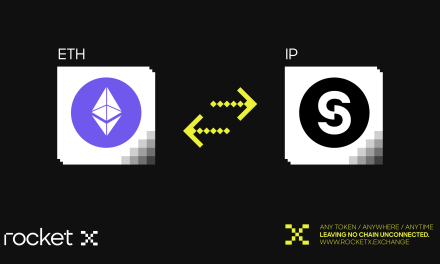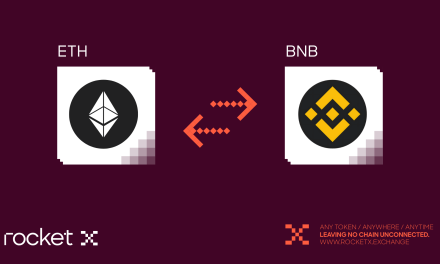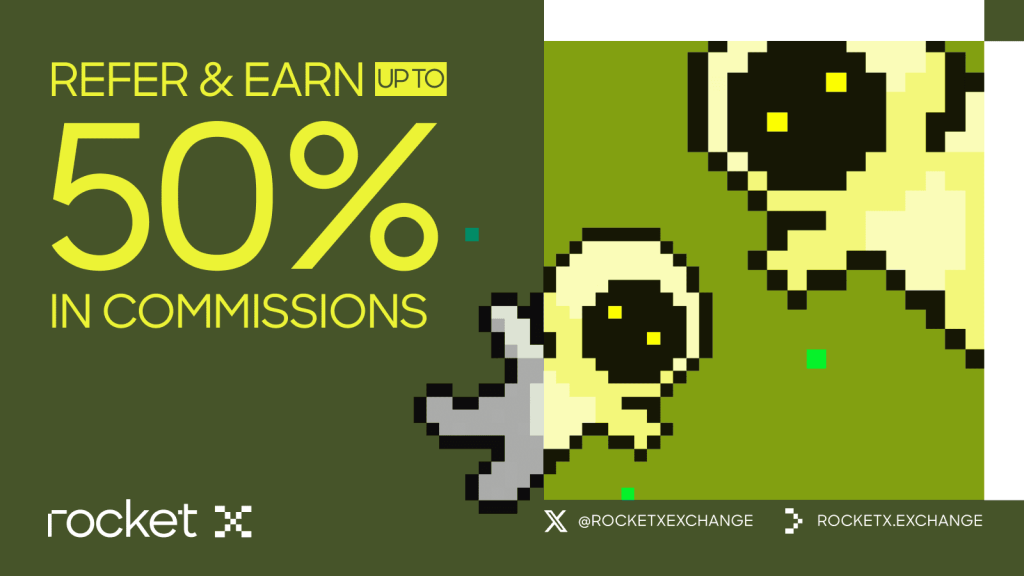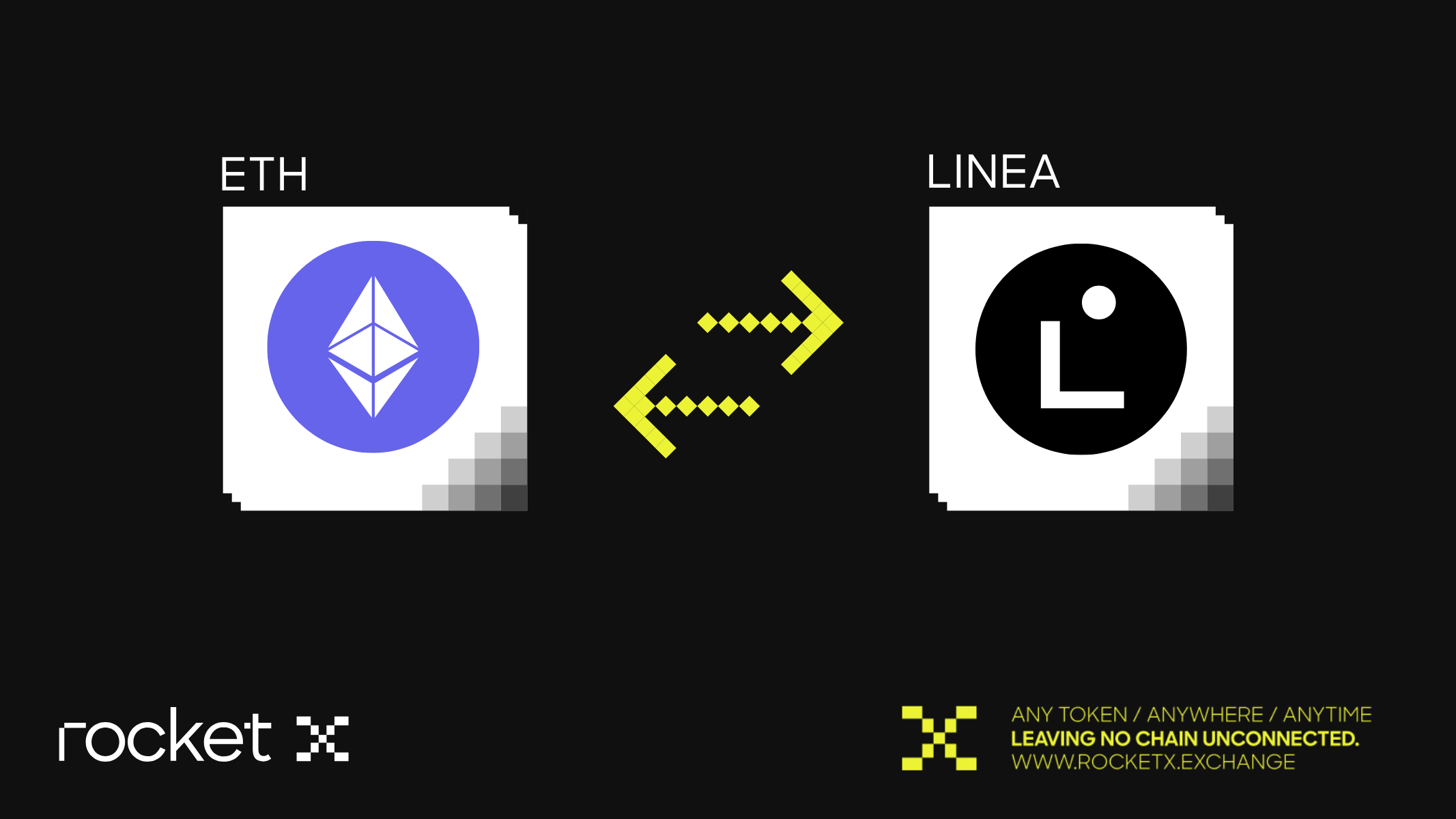
Introduction
Blockchain adoption has surged over the past few years, drawing millions of users into DeFi, NFTs, and Web3 applications. But with this growth, Ethereum has often struggled with high fees and network congestion. To solve these challenges, Layer-2 rollups have become the go-to scaling solution. Among them, Linea Network, built by ConsenSys, stands out for combining full Ethereum compatibility, zk-SNARK technology, and a developer-friendly design that makes it easy to build and scale applications.
As of today, Linea network has entered a new phase with the launch of its native LINEA token, marking one of the most anticipated milestones of the year. The network now supports 400+ decentralized applications (dApps), powers over 10 million wallets, and has processed nearly 279 million transactions. These metrics place Linea firmly among the leading zkEVM rollups in the Ethereum ecosystem. But what truly sets it apart? And more importantly, how can you begin exploring its growing ecosystem through platforms like RocketX Exchange?
This guide covers everything: what Linea is, how it works, the token + airdrop details, future roadmap, and how you can bridge or buy LINEA tokens today.
What is Linea Network?
Linea Network is a Layer-2 blockchain built on Ethereum and developed by ConsenSys, the same company behind MetaMask and Infura. Its main goal is to scale Ethereum while keeping the developer and user experience seamless. To achieve this, it uses zero-knowledge proofs (zk-SNARKs) as its core technology. These proofs allow transactions to be validated quickly and securely without revealing sensitive details, offering both privacy and scalability.
One important detail is that Linea relies on a trusted setup for zk-SNARKs, which differentiates it from zk-STARKs that don’t require one. While some see this as a trade-off, it allows Linea to optimize for speed and efficiency, giving developers a reliable scaling environment.
For builders, Linea network is highly developer-friendly. It supports familiar Ethereum tools like MetaMask, Truffle, and Infura, which means existing Ethereum applications can migrate to Linea with little or no code changes. This lowers barriers to adoption and accelerates ecosystem growth.
With its combination of low fees, high throughput, and strong developer support, Linea is positioning itself as one of the leading zkEVM rollups in the Ethereum ecosystem, offering a fast, secure, and accessible gateway into Web3.
How Does It Work?
Linea is built as a Layer-2 on Ethereum, meaning it processes transactions off-chain but still relies on Ethereum for final security. Here’s the process broken down:
Step 1: Submitting Transactions
- Users send their transactions (like swaps, staking, or NFT trades) to the network.
- These transactions enter a temporary pool, waiting to be processed.
Step 2: Sequencer Arranges Transactions
- A special component called the Sequencer takes these pending transactions.
- It organizes them into blocks in the right order, ensuring everything runs smoothly and without conflict.
Step 3: Prover Creates Proofs
- Linea uses zk-SNARKs (zero-knowledge proofs) to check whether the transactions are valid.
- These proofs confirm correctness without revealing sensitive details, so privacy is maintained.
Step 4: Relayer Sends Proofs to Ethereum
- Once a batch of transactions is validated, the proofs are forwarded to Ethereum’s mainnet through a Bridge Relayer.
- This connects Linea back to Ethereum’s base security.
Step 5: Ethereum Finalizes the State
- Ethereum verifies the zk-SNARK proofs.
- Once verified, the updated transaction data is permanently recorded on Ethereum.
Everything You Need to Know About LINEA Token and Its Airdrop
One of the most important milestones for this network came on September 10, 2025, when the network launched its native LINEA token during the Token Generation Event (TGE). This marked the transition from a pre-token ecosystem to a fully governed blockchain with its own incentives.
Token Supply & Distribution
The total supply is fixed at 72 billion tokens. Out of this, around 9.36 billion tokens (9%) were distributed during the TGE to nearly 750,000 eligible wallets. These rewards were granted mainly to contributors from the Voyage and Surge programs, which had previously issued non-transferable LXP tokens as proof of participation. The airdrop claim window is open until December 9, 2025. Any unclaimed tokens after this period will be redirected to Linea’s ecosystem fund to support growth.
Token Utility
The LINEA token is more than just a tradable asset; it’s central to the ecosystem:
- Governance: Token holders can vote on future upgrades.
- Staking: Secure the network while earning rewards.
- Incentives: Used in liquidity programs like Surge, which distributed over 1.6B LINEA tokens.
- Burn Mechanism (Oct 2025): A deflationary model where 20% of ETH fees and 80% of LINEA fees are permanently burned.
This combination of governance, staking, incentives, and deflationary mechanics positions LINEA as a utility-driven token with long-term potential.
How to Bridge to Linea Network and Buy LINEA Tokens
Getting started with the Linea Network is simple when you use RocketX Exchange, which supports over 200 blockchains. Whether you want to bridge assets like ETH into Linea or directly buy the LINEA token, here’s the step-by-step process:
Step 1: Access RocketX Exchange
Go to the official RocketX Exchange website.
Step 2: Connect Your Wallet
Click “Connect Wallet” and link your preferred wallet.
- For EVM chains: MetaMask, Rabby, or Trust Wallet.
- For Solana: Phantom or Solflare.
Step 3: Select Networks and Tokens
- Source Network: Choose the blockchain you’re bridging from (e.g., Ethereum, BNB, Solana, Sui).
- Destination Network: Select Linea.
- Token Selection: It’s recommended to bridge ETH first, since ETH is used to pay gas fees on Linea. After bridging ETH, you can swap into LINEA or any other supported tokens. If you want only LINEA, you can buy it directly.
Step 4: Enter Amount
Specify how much you want to bridge.
Step 5: Add Recipient Address
Enter your Linea wallet address only if you wish to receive your assets in a different wallet.
Step 6: Confirm the Bridge
Review the transaction details, click “Bridge”, and approve the request in your wallet. Your tokens will then appear on the Linea Network.
Pro Tip: If you’d like to see Linea bridging in action, check out our step-by-step tutorial on YouTube:
👉 How to Bridge ETH to Linea Using RocketX
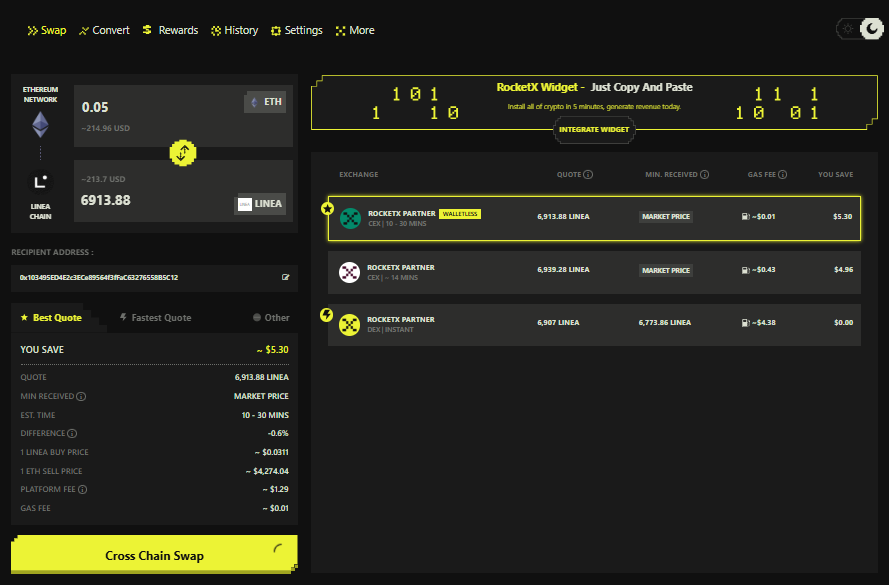
Future Potential of Linea Network
The Linea Network is entering a crucial growth phase, with its roadmap and recent performance showing strong momentum. As of September 2025, Linea’s Total Value Locked (TVL) has surged to $1.64B, placing it among the leading Layer-2 ecosystems. Daily DEX volumes exceed $100M, while perpetual trading volumes add another $26M+, showing healthy on-chain activity. Linea’s fees paid ($370K in 24h) and $289M stablecoin market cap further reflect growing user adoption.
In terms of upgrades, September 2025 brings the Pectra hardfork, which will unlock full EVM upgrades and strengthen compatibility for developers. By October, Linea is set to launch native ETH staking and introduce its dual burn mechanism, where 20% of ETH fees and 80% of LINEA fees are permanently burned. This deflationary model is designed to reduce supply and add long-term value to the token economy. Mid-October will also see a prover performance boost, cutting transaction finality times and improving reliability during high-traffic periods.
Governance is handled by the Linea Association and Consortium, with OpenZeppelin audits ensuring security. Despite short-term dips earlier in 2025, Linea’s current numbers highlight a resurgence in activity and a stronger position in the zkEVM race. With staking, burns, and ongoing ecosystem expansion, Linea is well on track to establish itself as a long-term Ethereum scaling leader.
Conclusion
The Linea Network has quickly evolved from an experimental Layer-2 into one of the most promising zkEVM rollups in the Ethereum ecosystem. With the successful launch of its native LINEA token, over 10 million wallets, 400+ dApps, and nearly 279 million transactions, Linea is proving its ability to scale Ethereum without compromising on security or usability. Upcoming upgrades like the Pectra hardfork, ETH staking, and the dual burn mechanism strengthen its long-term value, while developer-friendly tools ensure continuous ecosystem growth.
For users, Linea offers more than just lower fees and faster transactions—it provides a gateway to DeFi, NFTs, and Web3 applications at scale. Whether you’re bridging assets or buying LINEA through RocketX Exchange, the network is ready to support your journey. With strong fundamentals and a clear roadmap, Linea is positioned to be a key driver in Ethereum’s scaling future.

